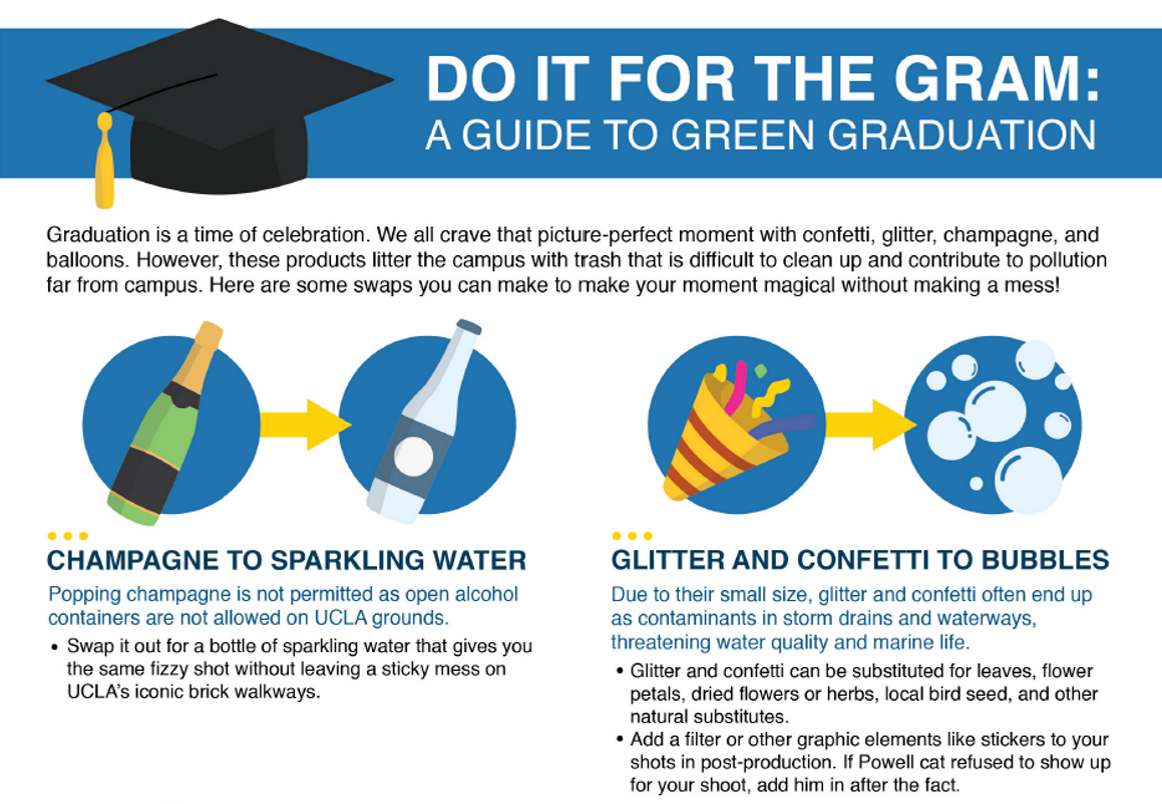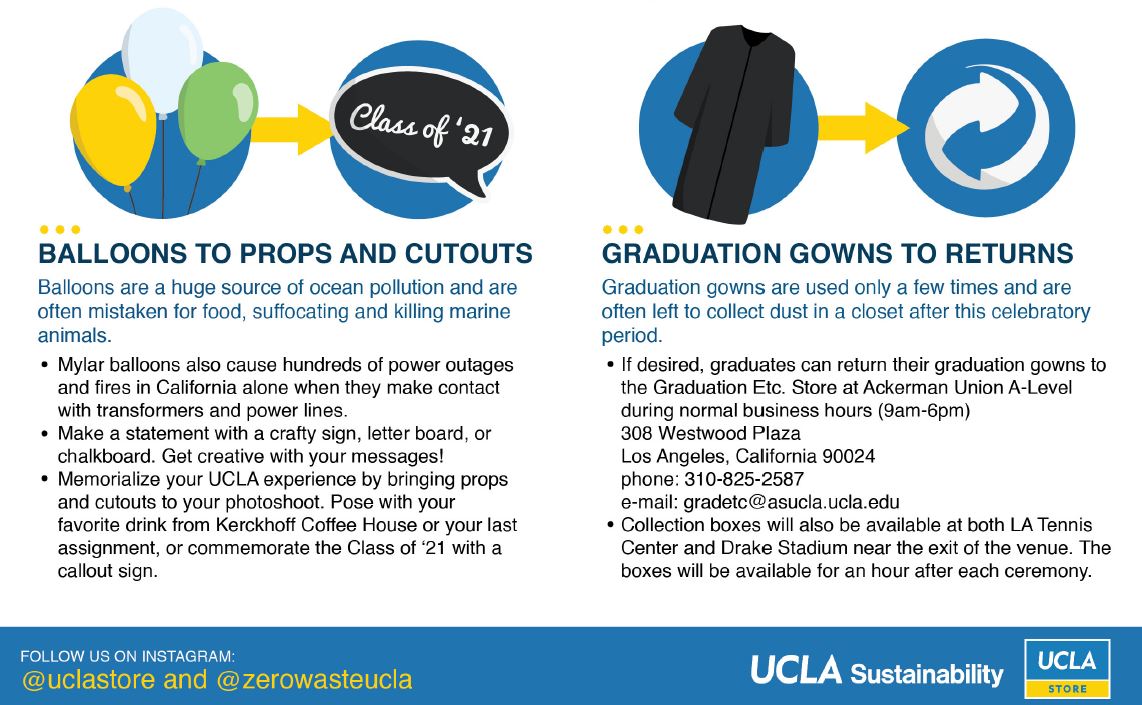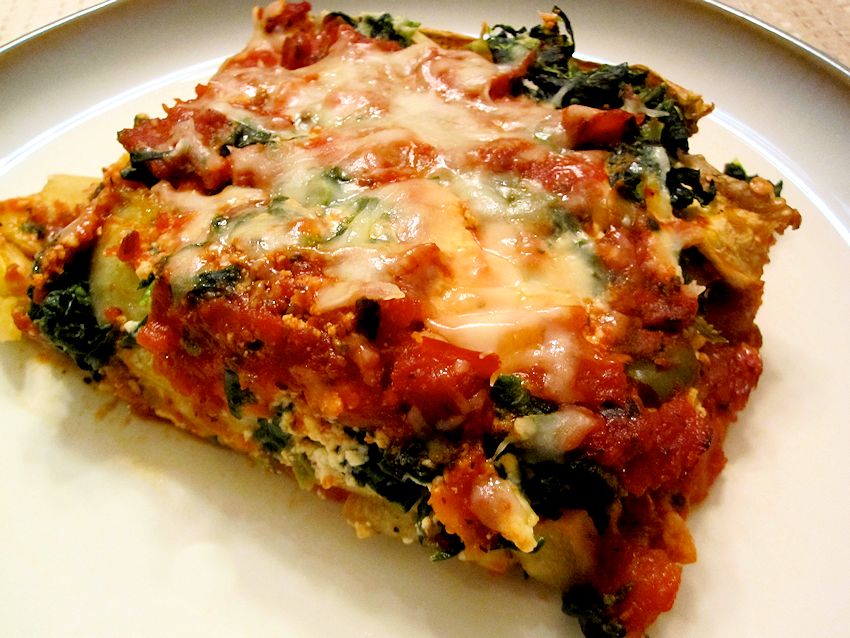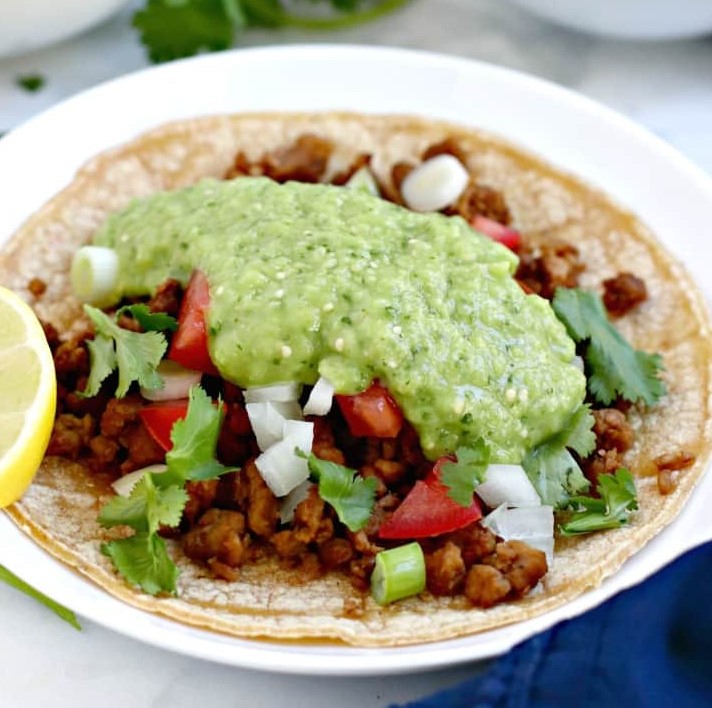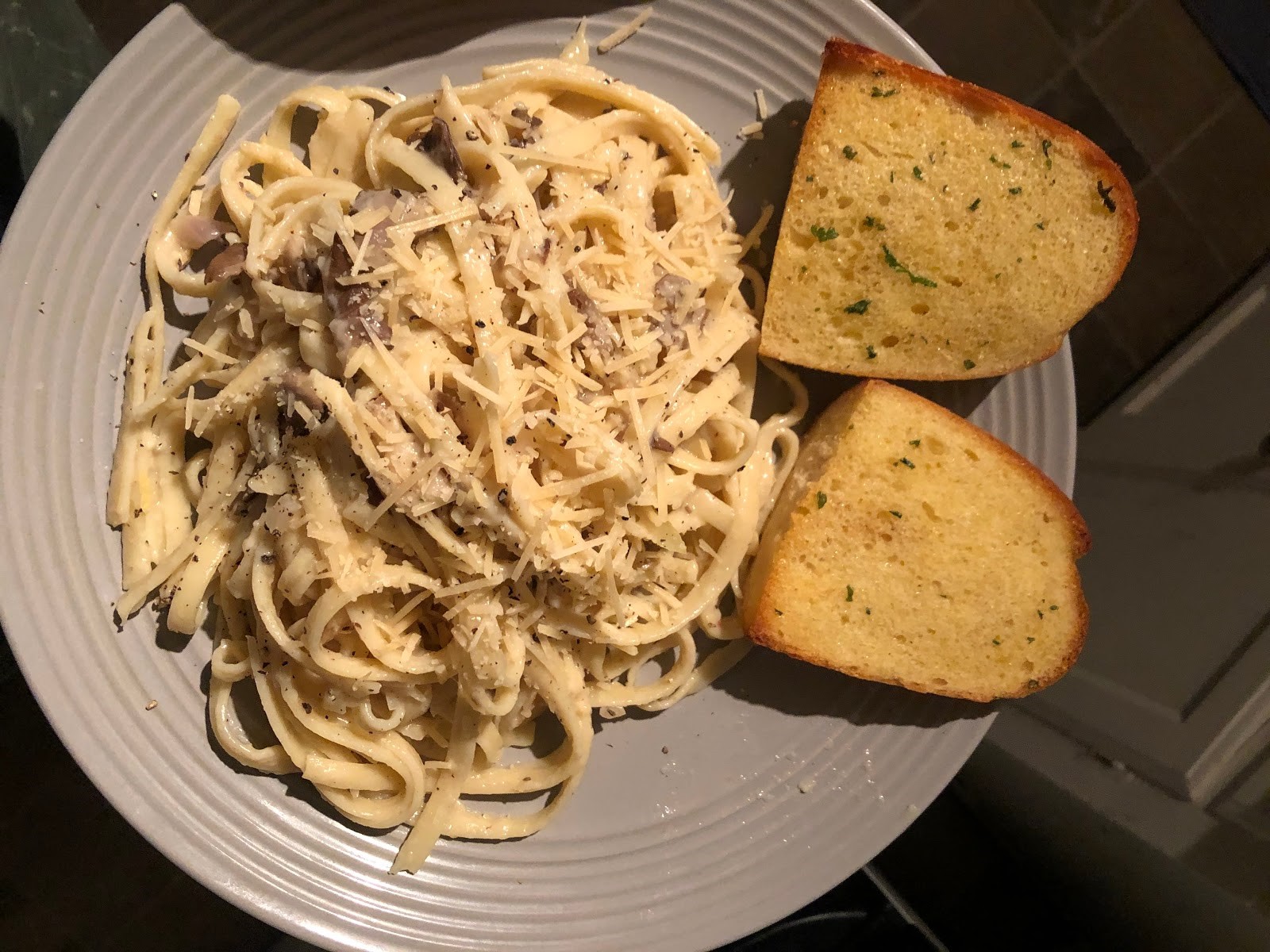Key LADWP customer, University of California, Los Angeles (UCLA) received a nearly $1.4 million rebate for energy efficiency upgrades at its Broad Art Center and Ronald Reagan UCLA Medical Center.
LADWP’s Custom Performance Program (CPP) and the former Energy Efficiency Technical Assistance Program (EETAP) provided the incentive to help UCLA implement extensive measures/retrofits yielding more than 8.3 million kWh of energy savings annually. Environmentally, UCLA’s efforts equate to avoiding approximately 2,600 metric tons of greenhouse gas (GHG) emissions each year, which is estimated to be the equivalent of removing more than 600 vehicles from local highways and roads annually. This helps move the health system and university closer to their 2025 carbon neutrality goal.
These projects were completed as part of the statewide University of California (UC) and California State University (CSU) Energy Efficiency Partnership to provide a sustainable and comprehensive energy management program across California higher education. With support from the partnership, UCLA drove a groundbreaking, first of its kind, steam to electric savings methodology that allowed the campus to capture incremental energy savings opportunities based on their central plant operations.
UCLA’s Broad Art Center performed extensive retrofits including monitoring-based commissioning, which entails energy efficiency upgrades that involve operational and maintenance improvements, utilizing sensors, controls, and analyzed data to track and reduce its energy consumption. The Ronald Reagan UCLA Medical Center underwent many performance improvements including damper repairs, leaky valve replacements, enhanced reset strategies, setpoint optimization, schedule adjustments and controller upgrades.
In addition to realizing building-level electric savings, the medical center, also achieved additional savings at their on-campus steam generation plant. By reducing steam sent to the medical center, excess steam is utilized to generate additional energy for the rest of the campus.
LADWP works with commercial customers like UCLA and offers a wide array of rebate and incentive programs to help reduce their energy use while also saving on utility bills. During fiscal year 2019-20, LADWP customers saved 448,000 MWh cumulatively. This amount of energy savings is equivalent to offsetting electricity for 80,287 homes and reducing GHG emissions by 140,622 metric tons annually, which is comparable to removing 33,353 gasoline-fueled vehicles from local roads.
Original post: https://www.facilities.ucla.edu/news/ucla-and-ladwp-team-energy-efficiency-savings






